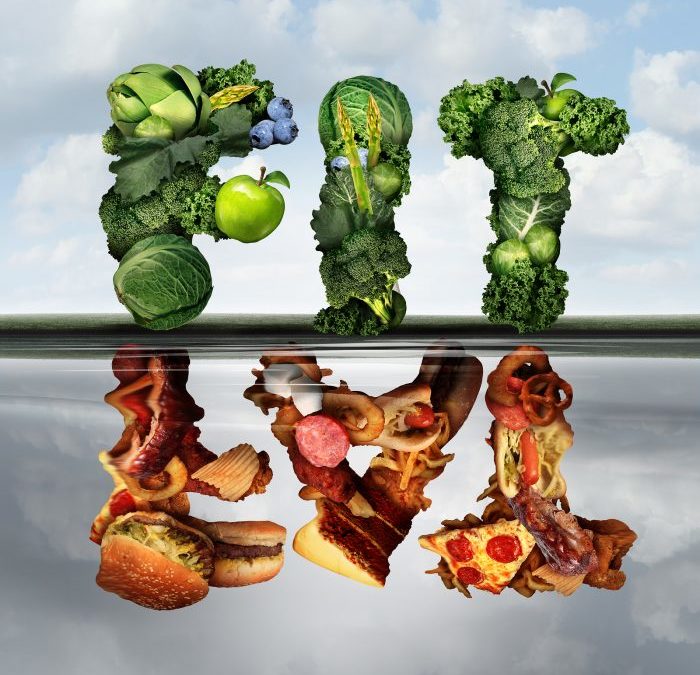Understanding the acidity and alkalinity of foods is one of the key concepts in nutritional science to keeping our bodies balanced. The pH scale measures how acidic or alkaline a substance is and ranges from 0 to 14. Seven is neutral. Below 7 becomes increasingly acidic, above 7 increasingly alkaline. How is it relevant to our body you ask?
Well in order for it to make sense, lets look at our blood. The pH of our blood plasma should remain at a constant between 7.35 and 7.45. Even a minor deviation in either direction has the ability to cause trouble in the body. An acid pH of 6.95, for example, has the potential to result in a diabetic coma or death. On the other hand, and alkaline pH of 7.7, for example, has the potential to cause tetanic convulsions and eventual death. The more acidic the pH of the blood, the slower the heartbeat, whereas a more alkaline plasma can speed it up.
As you can see, maintaining a homeostatic pH level of the blood is ideal. Thankfully our bodies have several mechanisms to help ensure this balance. Excess acidic material in the body can be:
- Broken down into water and carbon dioxide, to be eliminated through kidneys, skin, and lungs.
- Utilized by the stomach for digestion and hydrochloric acid
- Neutralized and excreted as salts by the kidneys
- Neutralized or buffered by the presence of minerals left behind by the metabolism of alkalizing foodstuffs.
Although our bodies can self-correct in the presence of such acidic materials, more and more studies are suggesting that our bodies have to work harder to neutralize the acidic load, resulting in a gradual decline in health.
So… what does it all mean?
In order to be best support our body to create this homeostatic balance, we need a balance of both alkaline and acidic foods. Because the foods we tend to gorge on are sweets, meats, and flour products, all of which are acid-forming, it’s naturally easier to become over acidic than it is to become over alkaline.
Think of the Standard American Diet (or SAD). Individuals tend to choose fast, convenient, processed, and ultimately highly acidic foods, multiple times per day. One of the biggest pitfalls of eating this way, is the toll that it takes on the body – particularly your liver, kidneys, and digestive system. Inflammation, arthritis, allergies, constipation, bowel issues, skin problems, physical/mental stress, and chronic disease feed off of a diet like this. Excess acidity can also set the stage for an overgrowth of bad bacteria (like yeast) and suppress the immune system.
By tilting the scales in the alkaline direction, however, we are able to balance off the acidity present in our diet. Foods like kale, spinach, avocados, cucumbers, and wheatgrass, for example, are highly alkaline. Even lemons and limes, which are acidic outside the body, actually have an alkalizing effect internally. The regular inclusion of such foods in the diet will naturally support our digestion, can reduce pain from inflammation, and will naturally increase energy levels.
References:
- Alice Chase, Nutrition for Health, p. 326.
- AnneMarie Colbin, Food and Healing, pp. 63-85.
- Herman Aihara, Acid and Alkaline, p. 9.
- Ilza Veith, trans. The Yellow Emperor’s Classic of Internal Medicine, p. 13.
- Michael Weiner, The Way of the Skeptical Nutritionist, p. 174.
- Rudolph Ballentine, Diet and Nutrition, p. 431.
- Walter B. Cannon, The Wisdom of the Body, pp. 168-75.
Photo Credit: Unknown

